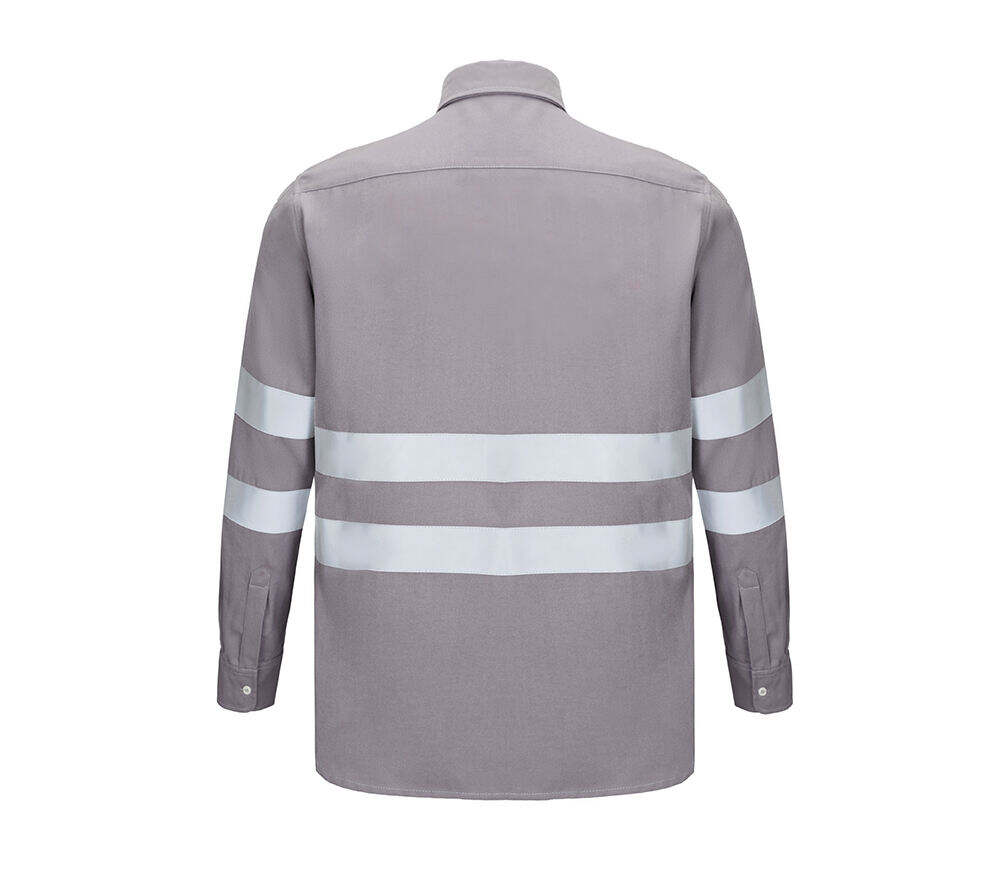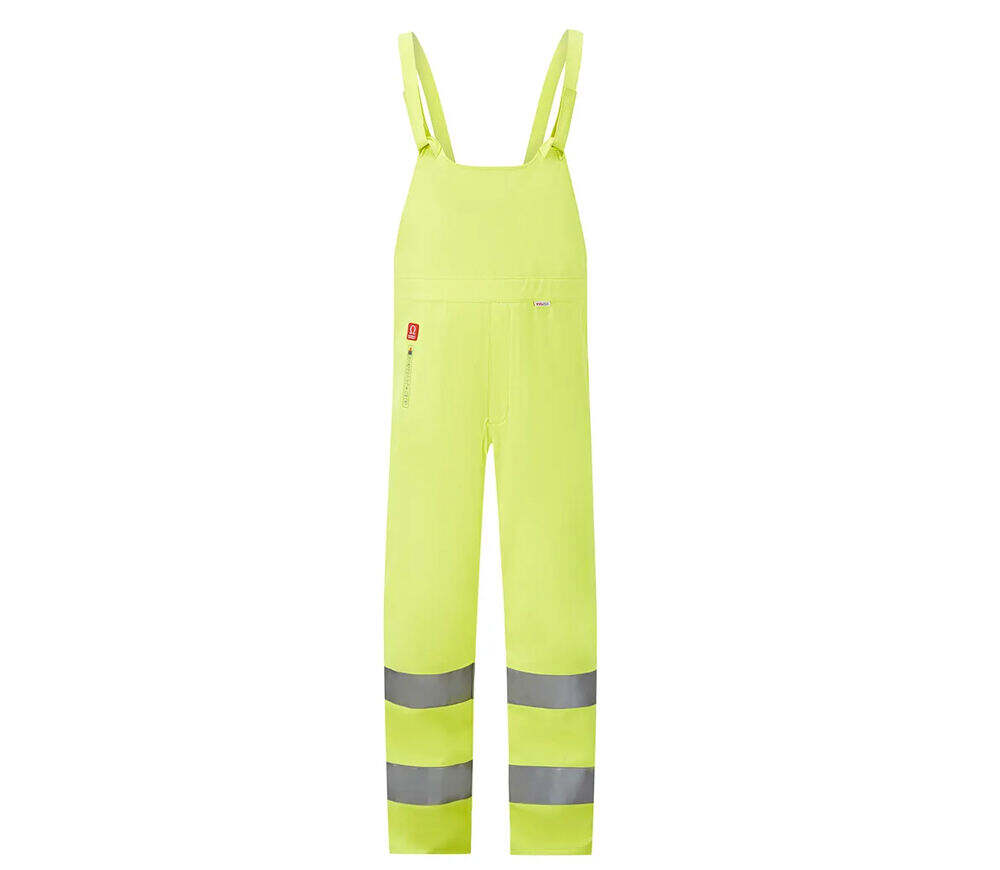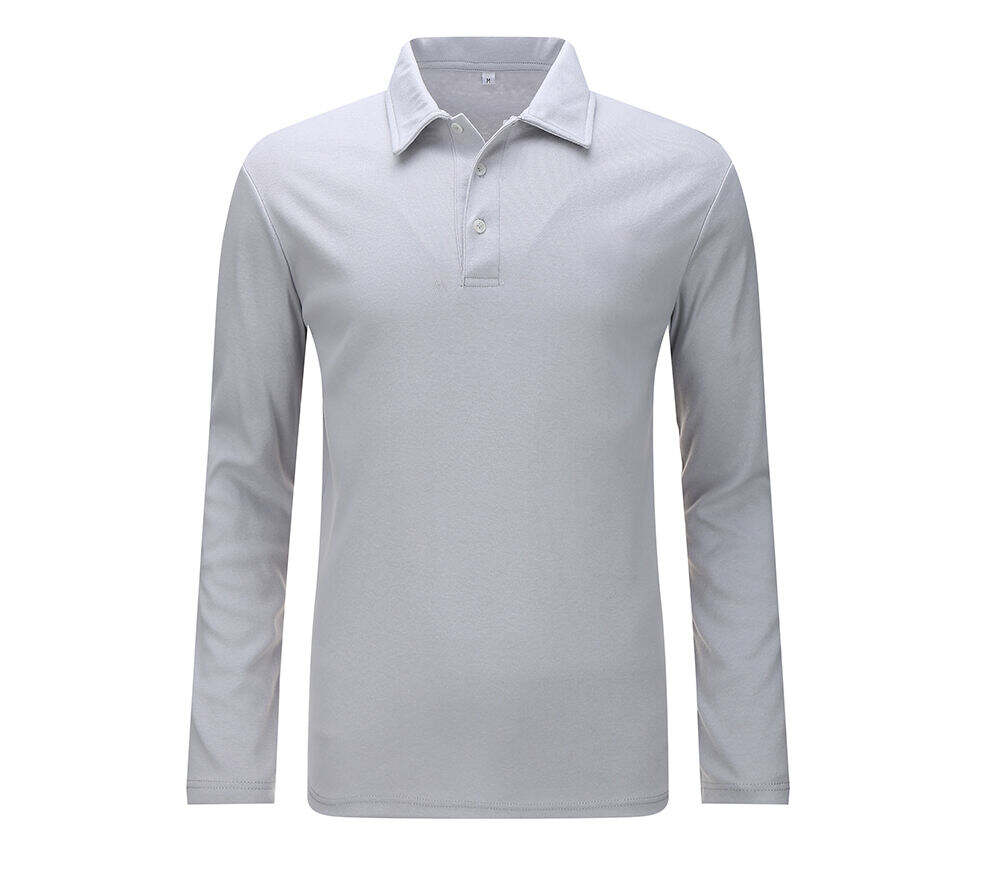In industries where workers are exposed to the risk of arc flash incidents, such as electrical power, manufacturing, and industrial settings, the need for effective personal protective equipment (PPE) is paramount. However, traditional arc flash protective wear can often be bulky, heavy, and uncomfortable, restricting workers' movements and causing fatigue during long shifts. Lightweight arc flash protective wear offers a solution to these challenges, providing the necessary protection while enhancing comfort and mobility.
One of the main advantages of lightweight arc flash protective wear is improved comfort. Workers who have to wear protective clothing for extended periods are more likely to comply with safety regulations if the clothing is comfortable. Lightweight materials used in these garments, such as advanced flame - retardant fabrics with a lower weight per square yard, reduce the burden on the worker's body. This allows for better air circulation around the skin, keeping the worker cooler and reducing the risk of heat stress. Breathable fabrics also help to wick moisture away from the body, keeping the worker dry and comfortable throughout the workday.
Enhanced mobility is another significant benefit of lightweight arc flash protective wear. The reduced weight of the garments means that workers can move more freely and with less effort. This is especially important in tasks that require a high degree of dexterity, such as electrical work in tight spaces or construction jobs that involve climbing and reaching. Lightweight protective wear does not restrict the range of motion in the arms, legs, and torso, enabling workers to perform their tasks efficiently and safely. For example, an electrician working on overhead power lines can move more easily and quickly when wearing lightweight arc flash protective gear, reducing the time spent in potentially hazardous positions.
Despite its lightweight nature, modern lightweight arc flash protective wear does not compromise on protection. Advanced flame - retardant technologies are used in the production of these fabrics, ensuring that they meet or exceed the required arc ratings and provide adequate protection against the thermal energy of an arc flash. These fabrics are often a blend of inherently fire - retardant fibers, such as aramid and modacrylic, which have excellent heat and flame resistance properties. The materials are engineered to resist ignition and self - extinguish when exposed to flames, just like their heavier counterparts.
The design of lightweight arc flash protective wear also contributes to its effectiveness. Manufacturers focus on creating garments with a streamlined fit that still provides full - body coverage. Ergonomic seaming and strategic placement of reflective strips enhance both the functionality and visibility of the wearer. The garments may have features such as adjustable cuffs, waistbands, and collars to ensure a proper fit and prevent heat or debris from entering. Some lightweight protective wear also includes additional safety elements, such as built - in hoods or face shields, for comprehensive protection.
Lightweight arc flash protective wear is available in a variety of styles to suit different job requirements. There are lightweight arc flash jackets, shirts, pants, coveralls, and even vests. Jackets and shirts can be worn as outer layers in less severe arc flash hazard environments or as part of a layered system for higher - risk tasks. Coveralls provide full - body protection and are a popular choice for workers who need comprehensive coverage. Vests are a lightweight option that can be worn over regular clothing to add an extra layer of protection and high visibility in certain situations.
In addition to the benefits for workers, lightweight arc flash protective wear can also have positive impacts on productivity. When workers are more comfortable and less fatigued, they are more likely to focus on their tasks and work efficiently. This can lead to increased productivity and reduced downtime due to worker discomfort or injury. Moreover, the ease of movement provided by lightweight gear can speed up task completion, especially in jobs that require quick and precise actions.
However, it's important to note that like any PPE, lightweight arc flash protective wear requires proper care and maintenance to ensure its continued effectiveness. Workers should follow the manufacturer's instructions for washing, drying, and storing the garments. Regular inspections should be carried out to check for any damage or wear and tear, such as fraying, holes, or damage to the reflective elements. If any damage is found, the garments should be repaired or replaced immediately.
In conclusion, lightweight arc flash protective wear is a valuable innovation in the field of personal protective equipment. By offering improved comfort, enhanced mobility, and adequate protection, it helps to ensure the safety and well - being of workers in industries with arc flash hazards while also potentially increasing productivity.


